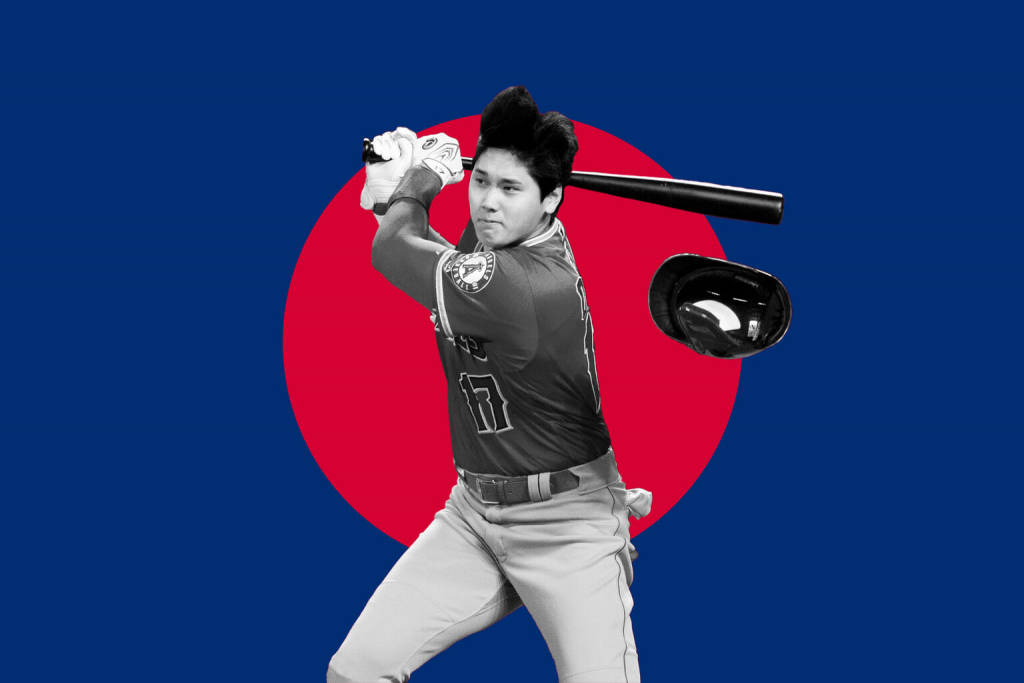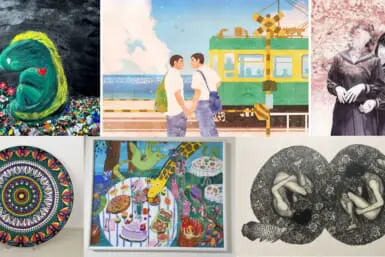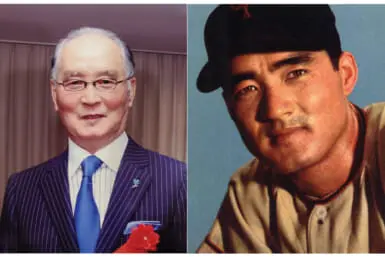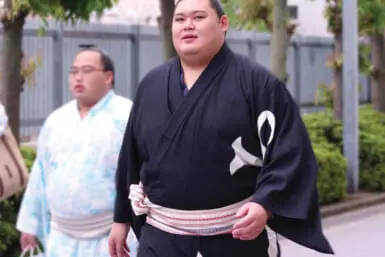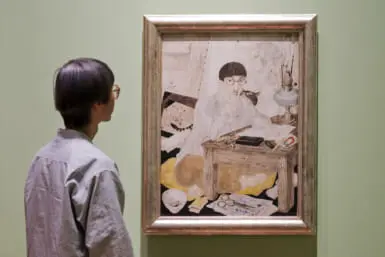Shohei Ohtani was today named as the American League’s (AL) Most Valuable Player (MVP). The second man from this country to receive the award after Ichiro Suzuki, many believe he is on his way to overtaking the former Seattle Mariners batter as Japan’s greatest sporting export. Down the years there have been a number of players who’ve successfully made the leap from Nippon Professional Baseball to the Majors. So, to commemorate Ohtani’s achievement, we thought we’d select our seven best ever Japanese MLB Players. The list is in chronological order from when they first took to the field in the States.
1. Hideo Nomo (1995-2008)
Masanori Murakami was the first Japanese player to ply his trade in the Majors in the 1960s, but the first to make a real impact was Hideo Nomo. A trailblazer known for his “tornado” delivery, he helped open the door for the scores of players from this country that followed him. Exploiting a “voluntary retirement clause” in his contract, Nomo left Osaka Kintetsu Buffaloes (later merged with Orix BlueWave to become Orix Buffaloes) for the Los Angeles Dodgers in 1995.
Criticized back home for deserting his team, there were also doubts as to whether he was good enough to pitch in America. That skepticism soon subsided, though. In his first season, the Osaka-native won the Rookie of the Year award and was selected for the All-Star game. With Jumbotron TV sets erected nationwide, author Robert Whiting felt it was the most exciting sporting occasion to hit Japan since the 1964 Olympics. Journalist Seijun Ninomiya, meanwhile, described Nomo’s pitch as being “worth more than 100 visits of Prime Minister (Tomiichi) Murayama to Washington.”
2. Ichiro Suzuki (2001-2019)
Signing for the Seattle Mariners in November 2000, Ichiro Suzuki was handed the famous 51 jersey previously worn by Randy Johnson. The Japanese man sent the legendary pitcher a letter promising not to bring shame to the number. A batter of his caliber? There was never any chance of that. In his debut season, the mononymous phenomenon became the first player since Jackie Robinson in 1949 to top both the batting average (.350) and stolen bases (56) categories.
Ichiro became only the second player in MLB history (after Fred Lynn) to win the Rookie of the Year award and MVP in the same season. That, however, was just the beginning. In 2004, he received death threats on the way to breaking George Sisler’s 84-year record for hits in a season. He went on to achieve 10 consecutive 200-hit seasons, the longest streak by any player in the majors. Combining his totals from Japan and America, he had more hits than any player in the history of top-tier baseball.
3. Hideki Matsui (2003-2012)
After 10 successful years with the Yomiuri Giants, Hideki Matsui was given a parade in Tokyo when he signed for the New York Yankees in December 2002. Japanese reporters followed him out to the States to cover every minute of his debut season in the MLB. He didn’t disappoint. The man known as “Godzilla” hit a grand slam in his first game at the Yankees Stadium. He finished the campaign by becoming the first player from his country to hit a home run at the World Series.
That was nothing compared to what he achieved in 2009. The Japanese man picked up the World Series MVP award despite only appearing in three games. Batting an unbelievable .615, he hit three homers and drove in eight runs as the Yankees defeated defending champions the Philadelphia Phillies to take home the trophy. He became the third player after Babe Ruth and Lou Gehrig to bat .500 or above and hit three home runs in a World Series.
4. Koji Uehara (2009-2017)
Fenway Park was the venue for Koji Uehara’s greatest night in baseball. The right-handed pitcher closed the final game of the 2013 World Series, striking out Matt Carpenter as the Boston Red Sox defeated the St. Louis Cardinals to capture the championship a year after they finished last in their division. The signing of Uehara was a major factor in the turnaround. Between July and September, he retired 37 consecutive batters, a club record. He later picked up the MVP award in the AL Championship Series.
Uehara made his debut in the majors at 34. After a successful decade with the Yomiuri Giants, he signed with the Baltimore Orioles. He also played for the Texas Rangers and the Chicago Cubs, but it was his four years at the Red Sox for which he’s most remembered. A 2014 All-Star pick, he finished in America with a strikeout to walk ratio (K/BB) of 7.94, the highest of any reliever in MLB history. He finished his career with the Giants aged 44.
https://www.youtube.com/watch?v=yA4if15BiEI
5. Yu Darvish (2012-Present)
In June of this year, Yu Darvish became the first MLB pitcher to reach 1,500 career strikeouts in fewer than 200 games. He achieved that milestone in his 197th appearance, nine fewer than previous record-holder Randy Johnson. He also has the most career strikeouts per nine innings of any starting pitcher in the majors. Not bad for a player that’s been written off more than once since his big money move from the Hokkaido Nippon Ham Fighters to the Texas Rangers ten years ago.
Darvish was selected for the All-Star game in each of his first three seasons before Tommy John surgery wiped out his fourth. In 2017, he joined the Los Angeles Dodgers, helping them reach the World Series. However, his performances in the Fall Classic were disastrous and he was blamed for his side’s 4-3 defeat (it was later revealed the Houston Astros were using illegal technology to steal signs from opposing teams). The 35-year-old Iranian-Japanese pitcher then signed for the Chicago Cubs. He now plays for the San Diego Padres and was, this year, selected for his fifth All-Star game.
6. Masahiro Tanaka (2014-2020)
At the end of 2013, Masahiro Tanaka signed a seven-year contract worth $155 million with the New York Yankees. The fifth largest deal given to a pitcher; it came after a remarkable season for Tanaka in the Pacific League. He finished the regular campaign with a 24-0 record and an Earned Run Average (ERA) of 1.24 before helping the Rakuten Eagles claim their first and only Japan Series championship. Arriving in the Big Apple, his message was clear: “I’m going there to win the World Series.”
Unfortunately, the Yankees failed to take home the big prize during his seven-year stint there. Despite that disappointment, Tanaka’s time in New York was a success. One of MLB’s most consistent pitchers, he went 78-46 in 173 starts. A big-game player, he saved some of his best performances for the play-offs. In 2019, he became the first pitcher in MLB history to allow two runs or fewer in his first seven postseason starts. Tanaka made an emotional return to the Eagles last year.
https://www.youtube.com/watch?v=B_6byN5C5Xs
7. Shohei Ohtani (2018- Present)
Before deciding on his destination in America, Shohei Ohtani (or more accurately Ohtani’s agent) sent a questionnaire to the 30 MLB clubs asking about things such as training facilities and a detailed plan for integrating the two-way star into their team. The field was then narrowed down to seven before Ohtani decided on the Los Angeles Angels. Having impressed for the Hokkaido Nippon Ham Fighters both as a pitcher and batter, he was referred to as the ‘Japanese Babe Ruth.’ No pressure then.
By the end of his debut campaign, Ohtani joined Ruth as the only MLB player with 10 pitching appearances and 20 homers in a season and was named the AL’s Rookie of the Year. The next two seasons left the Japanese superstar feeling “frustrated” and “useless” as injuries took their toll. Things have been very different this year. A fully-fit Ohtani produced what many considered the greatest ever single season by an MLB player with 46 homers, 103 runs, 26 stolen bases, a 1.18 ERA, 156 strikeouts and 44 walks. These are just some of the stats from a player who deservedly picked up the AL MVP award.
*Feature image by Anna Petek

